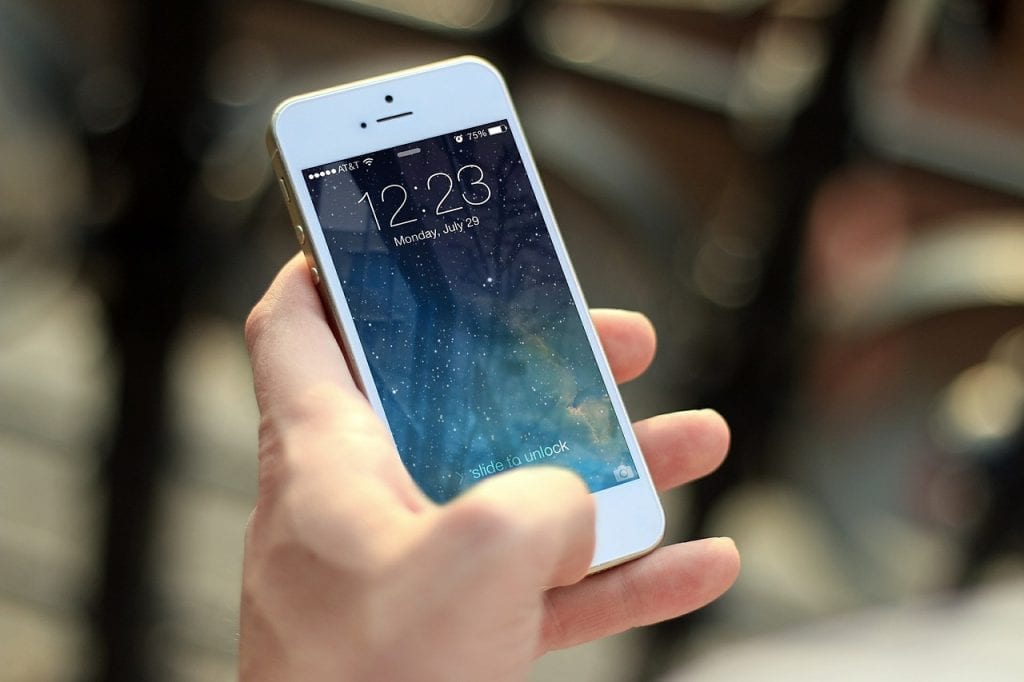Apple Pay is a mobile payment and digital wallet service by Apple Inc. that lets users make payments in person, in iOS apps, and on the web. It is similar to other mobile payment services like Android Pay and Samsung Pay. It was first announced in September 2014 and was released in October 2014. It initially only worked with the iPhone 6 and 6 Plus, but later added support for the iPad Air 2, iPad Mini 3, and iPad Mini 4. As of March 2016, it is available in the United States, United Kingdom, Canada, Australia, China, Hong Kong, Singapore, France, Switzerland, Russia, Ukraine, New Zealand, Japan, Taiwan, and Brazil. The service allows users to pay with their credit or debit cards through their iPhones or iPads. Users can also use Apple Pay to pay for items in select iOS apps. To pay with Apple Pay, users hold their iPhones or iPads near a contactless reader with their finger on the Touch ID sensor. They can also double-click the home button and choose it as their payment method. In addition to paying with credit or debit cards, users can also add gift cards to their Apple Wallets.
In the race to gain more mobile proximity payment users, Apple is all in. Disappointed in the U.S. adoption of their payment app, Apple is using some new marketing and promotions to get potential users’ attention, including some in-person persuasion. Bloomberg reported at Apple employees have taken to the streets to reward Apple Pay users and to get merchants signed up:
A crew of Apple Pay ambassadors descended on several Chicago neighborhoods, including Lincoln Park, in advance of the city’s Oct. 7 marathon. “Activation zones’’ for the iPhone maker’s electronic payments service were set up along the route for the race. Spectators using Apple Pay could get $1 tacos from local food trucks.
Four years after introducing Apple Pay, the company is going neighborhood by neighborhood trying to get U.S. retailers and consumers to use the service—no easy task. While as many as one in three households with credit cards tap the app at least twice a month in the U.K., the system is used that often by only 14 percent of those households in the U.S., according to Crone Consulting LLC. And Apple Pay is growing slower here than rival services from the likes of Walmart Inc., according to Crone.
Also, Apple added person-to person payments last year, Apple Pay cash, hoping that by giving consumers another reason to use the app, would also encourage purchase transactions.
Some industry experts suggest that given the very slow adoption of contactless payments in the U.S. that Apple is just trying too hard to get consumers to tap their phone to pay. Perhaps the better route is to look at encouraging more Apple Pay transactions in digital channels:
Tom Poole, senior vice president at Capital One Financial Corp., said he sees the greatest opportunity for Apple Pay with more acceptance from e-commerce sites. That said, in the U.K., where Apple Pay is having much more success than in the U.S., dual-interface cards have made it easier for consumers to adapt to the idea of tapping their phones at checkouts.
Overview by Sarah Grotta, Director, Debit and Alternative Products Advisory Service at Mercator Advisory Group
